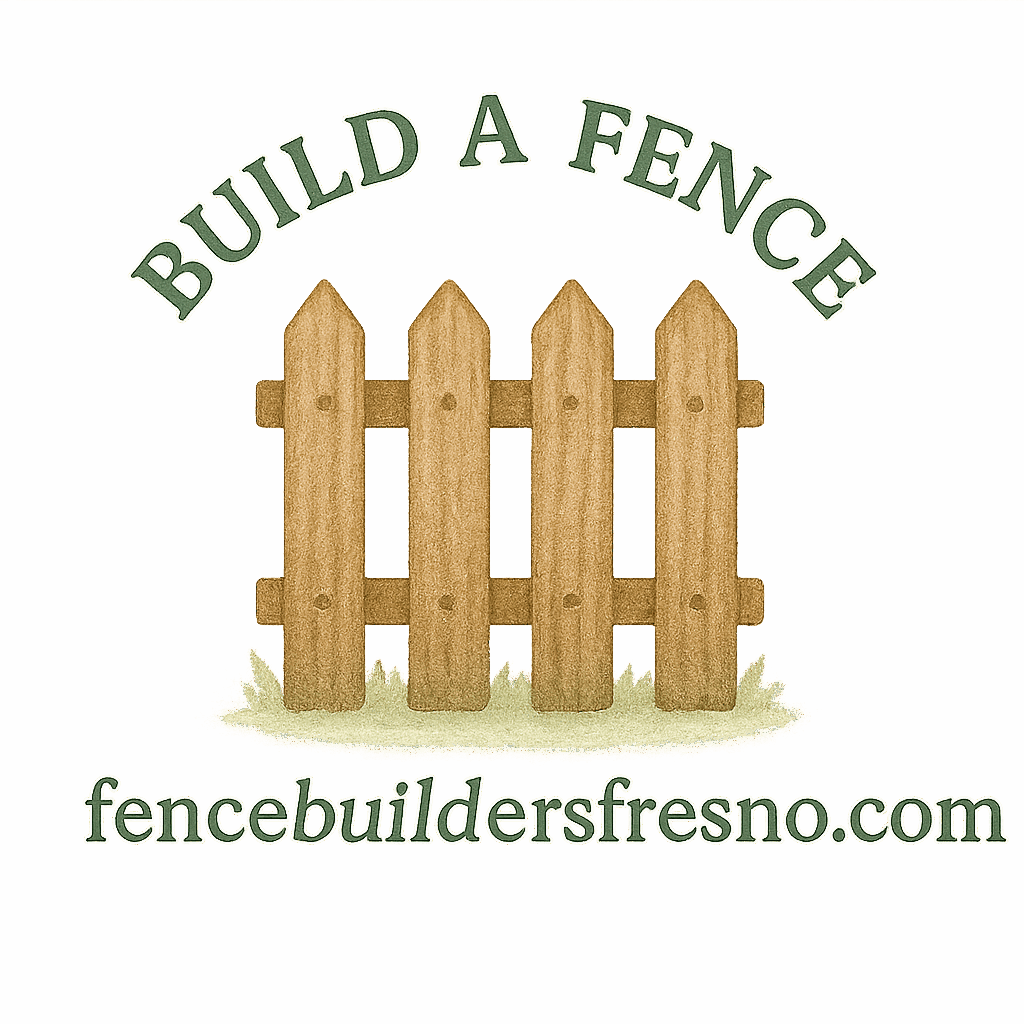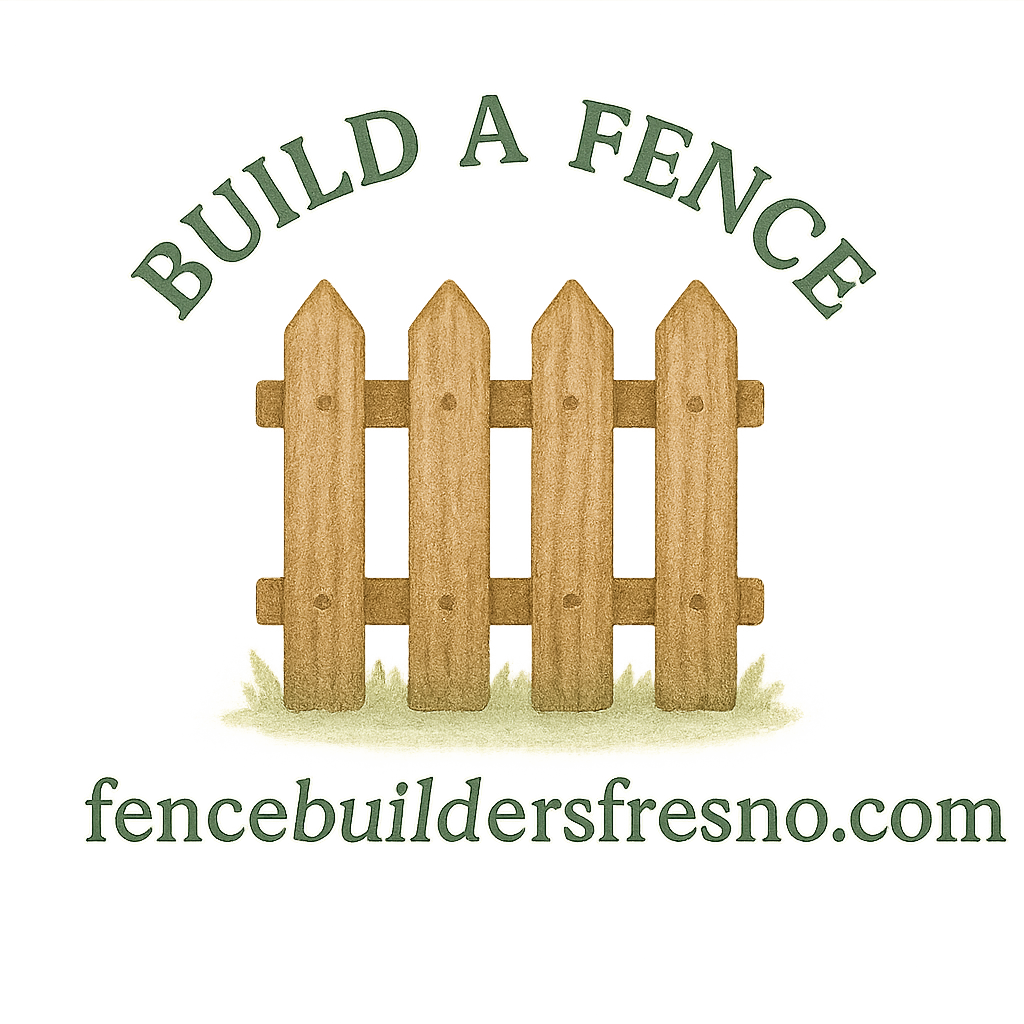Introduction: The Truth Behind DIY Fencing Planning Costs
Planning a fence project on your own feels empowering—you’re saving money, taking control, and adding value to your property. But here’s the kicker: most homeowners seriously underestimate DIY fencing planning costs.
From material prices to fence building basics, there’s a lot more to it than buying posts and boards. Miscalculations, hidden fees, and overlooked legal requirements can double your costs before you realize it. Let’s break down nine myths that cost DIYers money every year.
Myth #1: DIY Fencing Is Always Cheaper Than Hiring a Pro
Hidden costs homeowners forget
Avoiding labor fees sounds like a win, but you’ll likely run into hidden costs. Tool rentals, safety equipment, and delivery fees can quietly pile up. If you make a mistake, repairs could end up costing more than professional work.
Comparing long-term costs
A poorly built fence may sag or warp within a few years. Professionals often factor in durable fencing materials and installation techniques that last longer—saving you money in the long run.
Myth #2: You Don’t Need a Budget for DIY Fencing
Why budgeting matters
Skipping a budget is one of the fastest ways to overspend. Without a plan, you may forget about fence design and planning, delivery fees, or taxes—leaving you short halfway through the project.
Cost surprises you should expect
Expect hidden costs like tool rentals, permit fees, and replacement boards. A simple $1,500 plan can easily balloon to $3,000 without budgeting.

Myth #3: Materials Are the Only Expense in DIY Fencing Planning Costs
Tools and equipment rentals
Unless you already have everything, expect to rent post-hole diggers, saws, or nail guns. These costs can rival material expenses.
Permits and inspections
Local laws often require permits, inspections, and adherence to legal property considerations. These aren’t optional—and skipping them could cost you hefty fines.
Myth #4: All Fence Materials Cost the Same
Wood vs vinyl vs metal
Not all fences are priced equally. Wood may seem affordable up front but requires regular treatment. Vinyl fencing carries a higher upfront cost but offers low-maintenance benefits. Metal lasts decades but is often the priciest.
Durability and upkeep
Think beyond purchase price. Wood fence care means ongoing sealing and repairs, while vinyl and aluminum reduce maintenance.
Myth #5: Property Lines Don’t Affect DIY Fencing Planning Costs
Legal disputes and neighbor conflicts
Placing a fence even a few inches over your property line can trigger legal disputes. The result? Lawyer fees and possibly tearing down your hard work.
Surveyor fees explained
Yes, surveys cost money—typically $300–$1,000—but they’re far cheaper than dealing with fence encroachment issues after the fact.
Myth #6: Maintenance Costs Don’t Count in Planning
Short-term vs long-term upkeep
Painting, sealing, and fixing warped boards aren’t free. Every fence has a lifespan, and ignoring upkeep shortens it drastically.
Low-maintenance fencing options
If you hate ongoing upkeep, explore options like vinyl fencing or aluminum. These materials may cost more initially but pay off over decades of low-maintenance living.
Myth #7: DIY Fencing Is Just About Digging and Building
Time is money: labor costs matter
Your weekends have value. Spending hours digging, mixing, and hauling materials has a real “cost.” Professional installers often complete in days what takes DIYers weeks.
Planning, measuring, and problem-solving
Fence projects require more than muscle. You’ll spend hours checking property lines, troubleshooting sloped terrain, and fixing errors that pros anticipate ahead of time.
Myth #8: You Can Save by Skipping Professional Advice
How consultations prevent costly mistakes
Spending a small fee for expert input ensures your fence follows legal fencing requirements. It can also prevent costly rebuilds caused by improper material selection or spacing errors.
When to involve an expert
Challenging terrains, rocky soil, or drainage problems are red flags. In such cases, expert consultation saves money and time in the long run.
Myth #9: DIY Fencing Planning Costs Are the Same Everywhere
Regional pricing differences
Material and labor prices vary regionally. For example, a front yard fence in Fresno may cost more than the same project in rural areas due to supply and demand differences.
Local codes and climate considerations
City codes and harsh climates often require stronger posts and sturdier materials. That’s why researching your home fencing options for your specific region is critical.
Smart Tips to Save on DIY Fencing Planning Costs
Buy in bulk and reuse materials
Purchase in bulk when possible—many suppliers offer discounts. Consider reclaimed wood or recycled materials for decorative accents like decorative fencing.
Seasonal discounts
Big-box retailers slash prices during end-of-season sales. Planning your DIY fence project around these times can cut costs significantly.
Conclusion: Getting Real About DIY Fencing Planning Costs
DIY fencing can absolutely save money—but only if you understand the true costs. From fence maintenance and repair to legal fees, there are expenses most people overlook.
If you plan carefully, choose the right materials, and know when to ask for help, your project can be affordable and rewarding. Ignore the myths, and you’ll build a fence that stands strong without draining your wallet.
FAQs
How can I accurately estimate my DIY fencing planning costs?
Start with materials, then add in tool rentals, permits, and about 15% for surprises. Use a fence guide to help calculate.
Is DIY fencing still cheaper than professional installation?
Yes, if you avoid costly mistakes and budget for hidden expenses. Mixing DIY with pro help often balances savings and quality.
What’s the biggest hidden cost people forget?
Most homeowners forget about upkeep and fence upkeep tips, which accumulate over the years.
Should I invest in high-quality materials upfront?
Definitely. Choosing durable fencing ensures your investment lasts decades, reducing future repair costs.
Do property surveys really matter for small yards?
Yes—skipping a survey risks property rights conflicts, even on small plots.
Can I mix DIY and professional help to save money?
Absolutely. Many homeowners dig posts themselves and hire a pro for installation—balancing effort and cost.
How do I avoid overspending on fencing projects?
Research, plan, and set a clear budget. Follow reliable fence installation guides to avoid waste.


